Second-Hand Fashion Platform
This Case Study was developed following Frame’s 2023 Pre-Investment Considerations: Diving Deeper into Assessing Future Greenhouse Gas Impact. Frame has since released its updated Project Frame GHG Impact Methodology, with further guidance.
Impact Assessment Summary
|
Incumbent Market |
New clothing |
|
Emissions Reduction Pathways |
Avoidance |
|
Potential Impact Geography |
Global |
|
Potential Impact Market Capture |
80% |
|
Potential Impact to 2030 (Base Case) |
4.5 GtCO2e |
|
Planned Impact to 2050 (Base Case) |
25 KtCO2e |
The fashion industry is an economic sector with one of the largest environmental footprints in the world, accounting for 5% of global emissions. The majority of these emissions are related to the manufacturing of new products, which has been exacerbated by the rise of “fast fashion” where the average consumer is purchasing 60% more clothing and wearing it for half as long as they did in 2000.
A new software company (Platform) is transforming this industry by bringing together sellers and buyers of pre-owned items through a second-hand marketplace. The Platform enables greater adoption of second-hand items by offering buyer and seller protection policies, quality control, and customer support. Through its circular business model, the Platform contributes to the avoidance of greenhouse gas (GHG) emissions by substituting second-hand items for new ones, which avoid emissions related to the production of new items.
Analysis & Commentary
Constructing a forward-looking GHG impact analysis necessitates several subjective decisions, including determining the necessary granularity of the analysis. The extent of detail in such analyses often depends on available resources; few firms possess the means to routinely conduct highly detailed analyses. Conversely, overly simplistic calculations carry the risk of undermining the analysis value entirely. Therefore, a balanced approach is required. This case study attempts to offer such a middle-ground approach. The accompanying commentary aims to offer additional context on the methodology used in constructing this analysis.
Note that an analysis may look different based on the goals of the investor using the analysis. An investor may have underwriting criteria that require clearing certain thresholds for potential GHG impact. These criteria may dictate a certain scope of analysis (planned, potential, etc.) and can be used to inform an impact-linked compensation plan.
Planned impact analysis is used in the due diligence process to help set growth forecasts and impact targets. Potential impact may be used by an investor to report to LPs, or as a tool to guide decision making for the startup (e.g. which potential markets for a platform technology is most impactful).
This Case Study was developed by the Project Frame Content Working Group with the intention to advance the practice of forward-looking emissions impact assessment by showcasing different approaches and tools. Project Frame invites investors to share their own examples and provide feedback to help us improve our case study format and impact assessment guidance by reaching out to impact@primecoalition.org.
Project Frame Case Studies include links to reports generated by the CRANE Tool, a free, open-access software aligned with Frame’s approach to future emissions impact assessment that is co-created by Prime Coalition and Rho Impact. By including CRANE reports in Case Studies, Project Frame intends to demonstrate how tools like CRANE can be used to conduct impact assessments and reduce barriers to impact accountability.
Project Frame is not a regulatory body, nor should its content be considered financial advice. Methodology guidance produced by Project Frame represents our contributors’ consensus and no one singular entity. Our work is intended for readers to review and use their best judgement to accelerate GHG mitigation with transparency and accountability.

